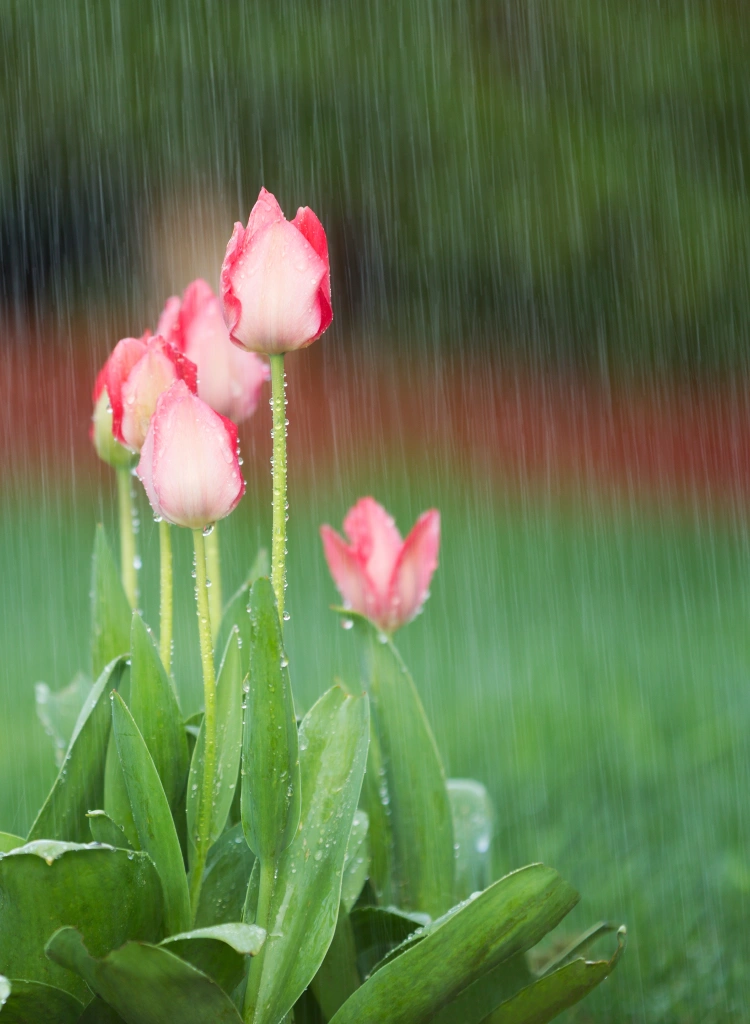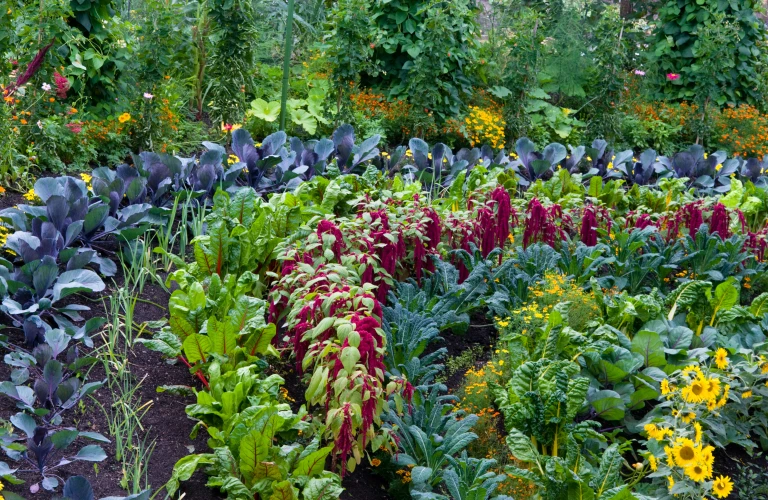
How to Create a Rain Garden in Glasgow: Functional and Beautiful
How to Create a Rain Garden in Glasgow: Functional & Beautiful
Scotland's frequent rainfall can pose drainage challenges for gardens, but with thoughtful planning, excess rainwater can be transformed into a stunning and eco-friendly feature. A rain garden is a sustainable solution that not only manages water runoff but also enhances biodiversity and aesthetic appeal. If you’re looking to build a rain garden in Glasgow, this rain garden design guide will provide the essential steps to create a functional and beautiful landscape feature.
1. Understanding Rain Gardens
A rain garden is a shallow, planted depression designed to capture and absorb rainwater from roofs, driveways, and other hard surfaces. It allows rainwater to infiltrate the soil gradually rather than contributing to urban runoff, which can overwhelm drainage systems. By incorporating a rain garden into your outdoor space, you can improve water management while supporting local wildlife.
2. Choosing the Right Location
Selecting an appropriate site is crucial for effective rainwater drainage solutions. Follow these guidelines to find the best spot:
- Position the rain garden at least 3 metres away from buildings to prevent water damage.
- Choose a low-lying area that naturally collects rainwater but does not remain waterlogged for long periods.
- Avoid locations near underground utilities or within the root zone of large trees.
- Ensure the site has good drainage by conducting a percolation test—dig a hole about 30cm deep, fill it with water, and see how long it takes to drain. Ideally, water should infiltrate within 24 hours.
3. Designing Your Rain Garden
Rain garden design involves careful planning to ensure both functionality and aesthetics. Key garden design considerations include:
- Size and Shape: The garden should be proportionate to the area contributing runoff. A typical rain garden is around 10-20 square metres, but this depends on the volume of water being managed.
- Depth: A depth of 10-20cm is ideal, as it allows water to pool temporarily while gradually soaking into the ground.
- Slope: A gentle slope (1-5%) ensures efficient water flow into the garden without causing erosion.
- Edging: Use decorative stones, bricks, or logs to define the garden’s perimeter and prevent soil displacement.
4. Soil Preparation & Drainage
The success of a rain garden relies on its ability to absorb water efficiently. To improve drainage, try the following methods:
- Mix sand and compost into the existing soil to enhance permeability.
- Avoid compacted or clay-heavy soils, as they hinder water infiltration.
- Incorporate organic matter to promote microbial activity and support healthy plant growth.
5. Selecting Plants for a Sustainable Garden Landscape
A well-planned rain garden features a mix of plants suited to varying moisture levels. Consider the following plant categories:
- Wet-Tolerant Plants (Centre of the Garden): These thrive in periodic standing water. Examples include marsh marigold (Caltha palustris), yellow flag iris (Iris pseudacorus), and meadowsweet (Filipendula ulmaria).
- Moisture-Tolerant Plants (Mid-Zone): These prefer damp but not saturated conditions. Consider purple loosestrife (Lythrum salicaria), lady’s mantle (Alchemilla mollis), and sedges (Carex species).
- Drought-Tolerant Plants (Edges): These thrive in drier soil and provide structure to the garden. Good options include lavender (Lavandula angustifolia), thyme (Thymus serpyllum), and ornamental grasses.
6. Constructing the Rain Garden
Constructing your rain garden is the first step. Follow these directions to build a rain garden that effectively manages water runoff:
- Excavate the Site: Dig out the designated area to the planned depth, creating a gentle slope towards the centre.
- Improve Drainage: Layer gravel at the bottom to facilitate infiltration, followed by a soil mix rich in sand and compost.
- Shape the Basin: Form shallow depressions to collect water while ensuring excess runoff can escape via an overflow area.
- Plant Strategically: Arrange plants according to their moisture preferences, grouping them in clusters for a natural look.
- Mulch and Maintain: Apply a layer of organic mulch to retain moisture, suppress weeds, and regulate soil temperature.
7. Maintaining Your Rain Garden
Once established, a rain garden requires minimal upkeep. Key maintenance tasks include the following tasks:
- Watering: During the first growing season, water plants regularly until they become established.
- Weeding: Remove invasive species to prevent them from overtaking the garden.
- Mulching: Refresh the mulch layer annually to maintain soil health and moisture retention.
- Monitoring Drainage: Ensure water infiltrates within 24 hours after heavy rainfall. If pooling persists, adjust soil composition or improve drainage pathways.
Visit North Hill Gardens for Rain Garden Equipment
By incorporating a rain garden into your landscape, you can turn drainage challenges into an opportunity for sustainable garden landscaping. Whether you choose a DIY rain garden guide approach or seek professional assistance, North Hill Gardens can help bring your vision to life with expert design and implementation tailored to Glasgow’s unique climate.
Other Posts

Winter Garden Glow: Lighting Ideas for Cosy Outdoor Spaces

Create Impact with a Statement Garden Feature
